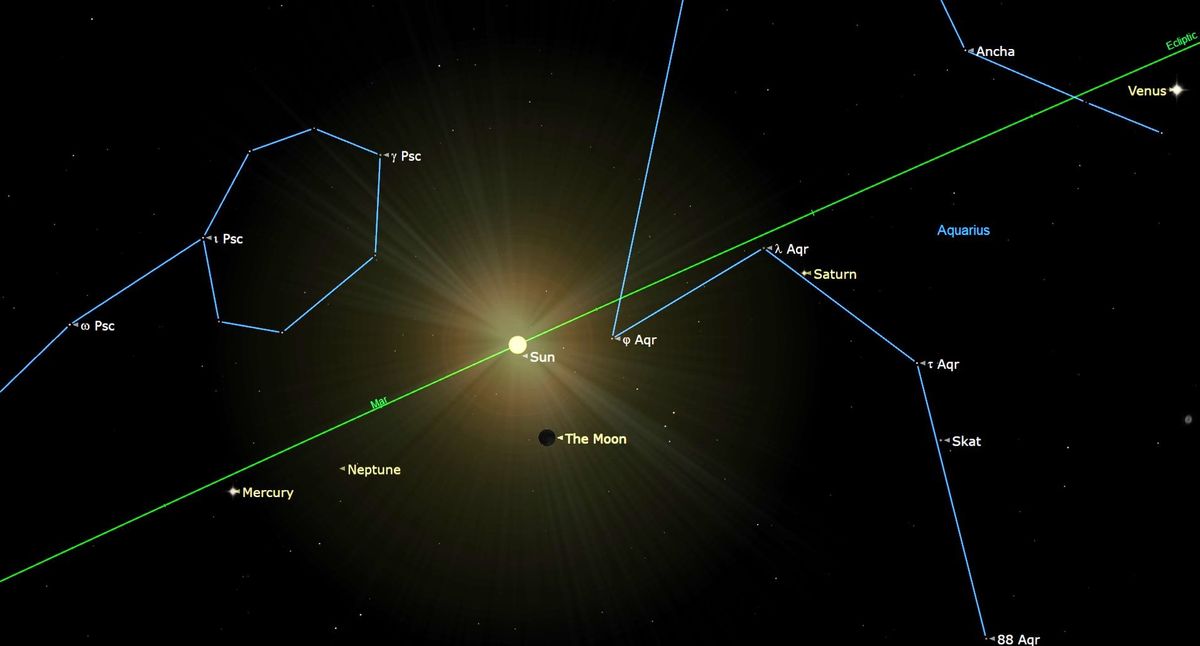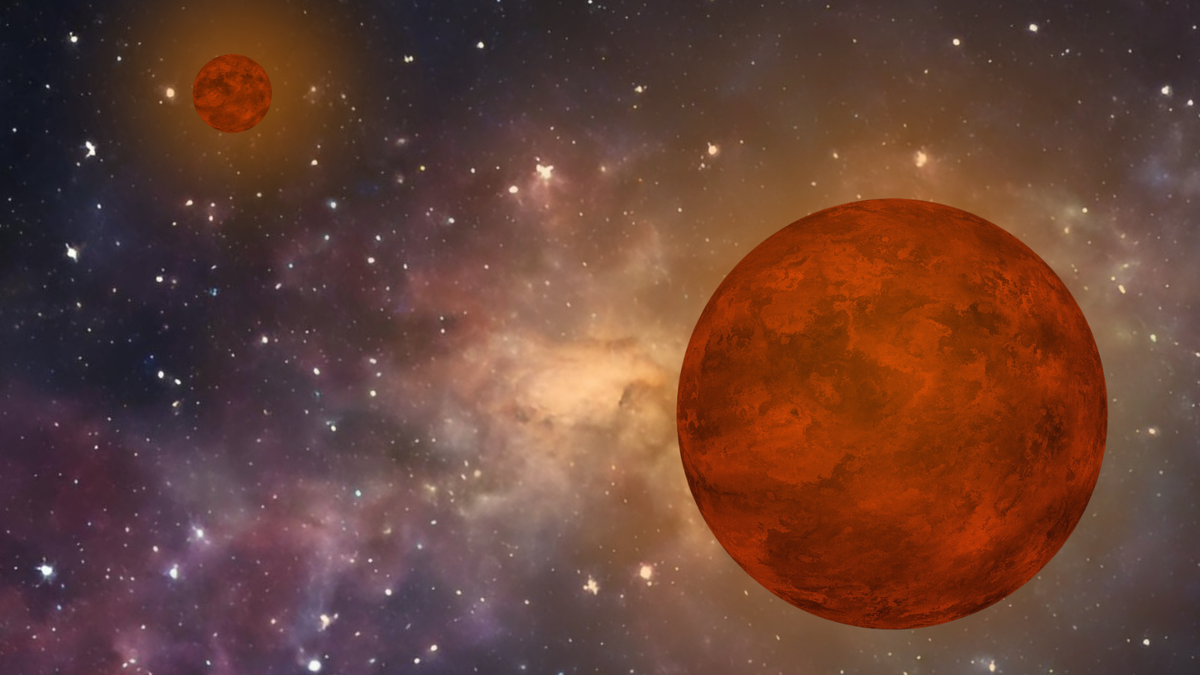The Significance of March’s New Moon in Sky Observations
The new moon on March 10 marks a pivotal moment for skywatchers and astronomy enthusiasts alike. This celestial event offers a prime opportunity to observe the winter constellations in the night sky before they gradually fade into obscurity.
The New Moon Phenomenon and Lunar Cycles
The new moon phenomenon signifies the commencement of a lunation, or a complete lunar cycle. During this phase, the moon aligns directly between Earth and the sun approximately every 29.5 days, resulting in a conjunction between these celestial bodies. This unique configuration, known as a new moon, forms the foundation of lunar calendars worldwide.
Earthshine and Moon Phases
Exploring the night sky around the new moon reveals intriguing celestial phenomena. The appearance of a thin crescent moon shortly before or after the new moon showcases a subtle illumination known as “earthshine,” where light from the Earth reflects gently on the lunar surface. This effect provides a glimpse into how the Earth would appear from the moon’s perspective, highlighting the intricate dance of cosmic bodies.
Planetary Alignments and Sky Configurations
On the day of the new moon, Mars and Venus grace the dawn sky for observers in mid-northern latitudes. Although challenging to spot, these planets offer a captivating spectacle as they rise and set amidst the vibrant canvas of the morning horizon. Additionally, Jupiter stands prominently in the western sky after sunset, distinguishing itself from stars through its steady luminosity.
Regional Skywatching Opportunities
Distinct astronomical experiences await observers in various regions. Notable constellations like Leo, Orion, Taurus, and Gemini paint the night sky in mid-northern latitudes, tracing their ethereal paths as they set throughout the early hours. Meanwhile, observers in the Southern Hemisphere witness a different celestial panorama, with constellations like Crux, Hydra, and Canopus adorning the summer night sky.
By embracing the allure of the new moon and its accompanying celestial events, skywatchers gain a deeper appreciation for the cosmic wonders that grace our world, fostering a profound connection to the vast expanse of the universe.
Image/Photo credit: source url





